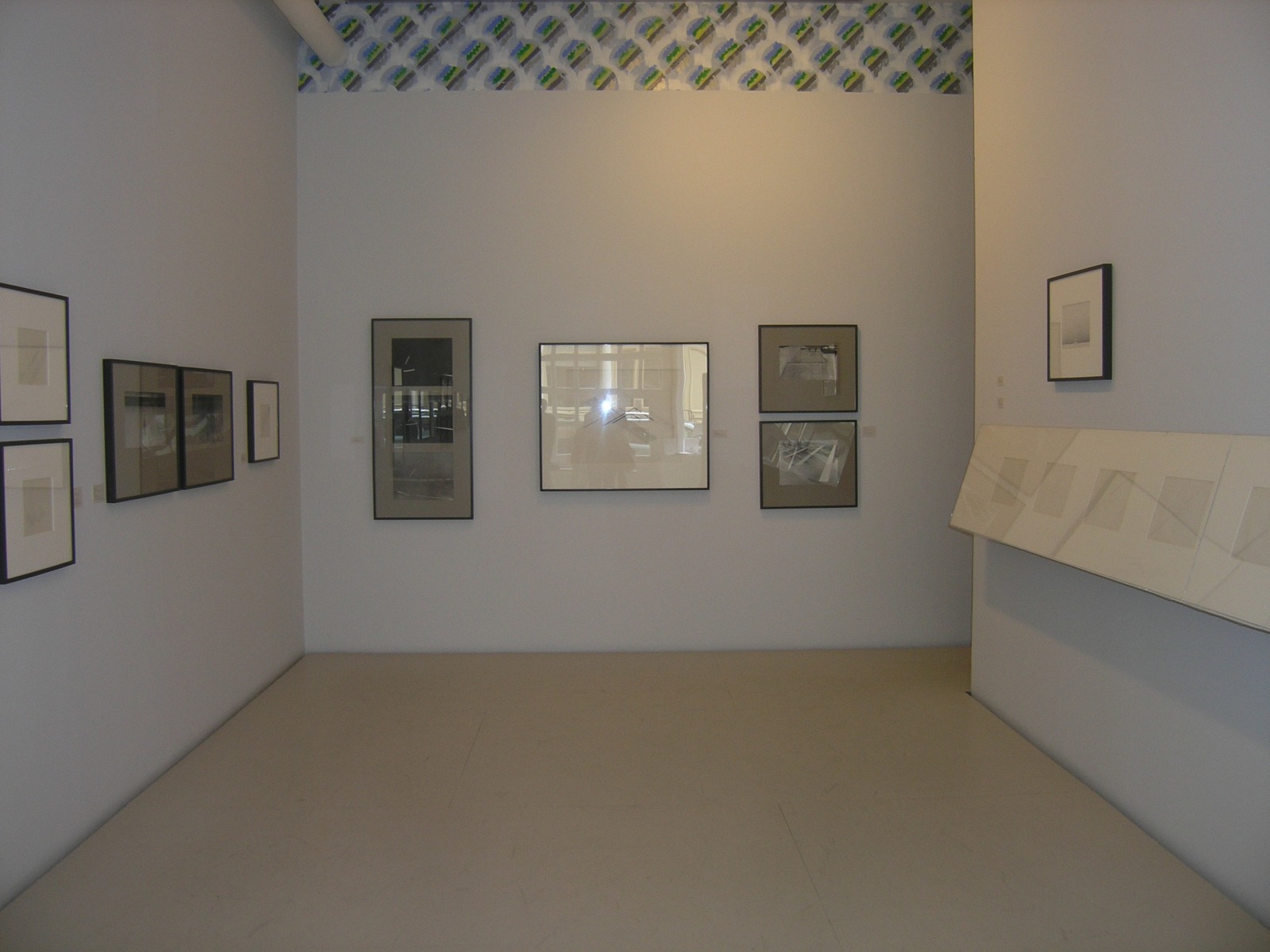
“I first encountered Mohamedi’s work at the Walker Art Center, when my colleague [curator] Douglas Fogle included several of her photo-graphs in an exhibition [“The Last Picture Show: Artists Using Photography, 1960-1982,” 2003-04]. I found them extraordinary.
“They hover between figuration and abstraction, and in many ways remind me of Ellsworth Kelly’s photography. But they came from a totally different cultural perspective and a part of the world whose modernist history I didn’t know. They anticipate how artists used photography much later, almost in a neo-Pictorialist manner. I’m thinking of artists like Liz Deschenes, Eileen Quinlan, Walead Beshty. I also loved that her images are humble, not bombastic or big. It was something that really stayed with me—that a humble work can also seem monumental.
“Later when I saw her drawings and paintings, they all seemed so rigorous, so radical. While they deal with seriality, repetition and abstraction, they are as far removed as possible from Minimalism. There is a system in them, but one directed by human decision, by mistake, by something extremely organic.
“Like Mira Schendel, Mohamedi changed my understanding of modernism. Modernism is often thought of as starting somewhere in Europe, let’s say France—not to be biased at all—and then proceeding in a linear progression, from Dada and Cubism through Conceptual Art, Minimalism, Pop. But then you have an artist whose work might parallel Ellsworth Kelly’s but who came from India and, further, who was a woman in India. And that is fascinating to me—that in an extremely patriarchal culture, this woman was doing such strong, important work.”
-Philippe Vergne